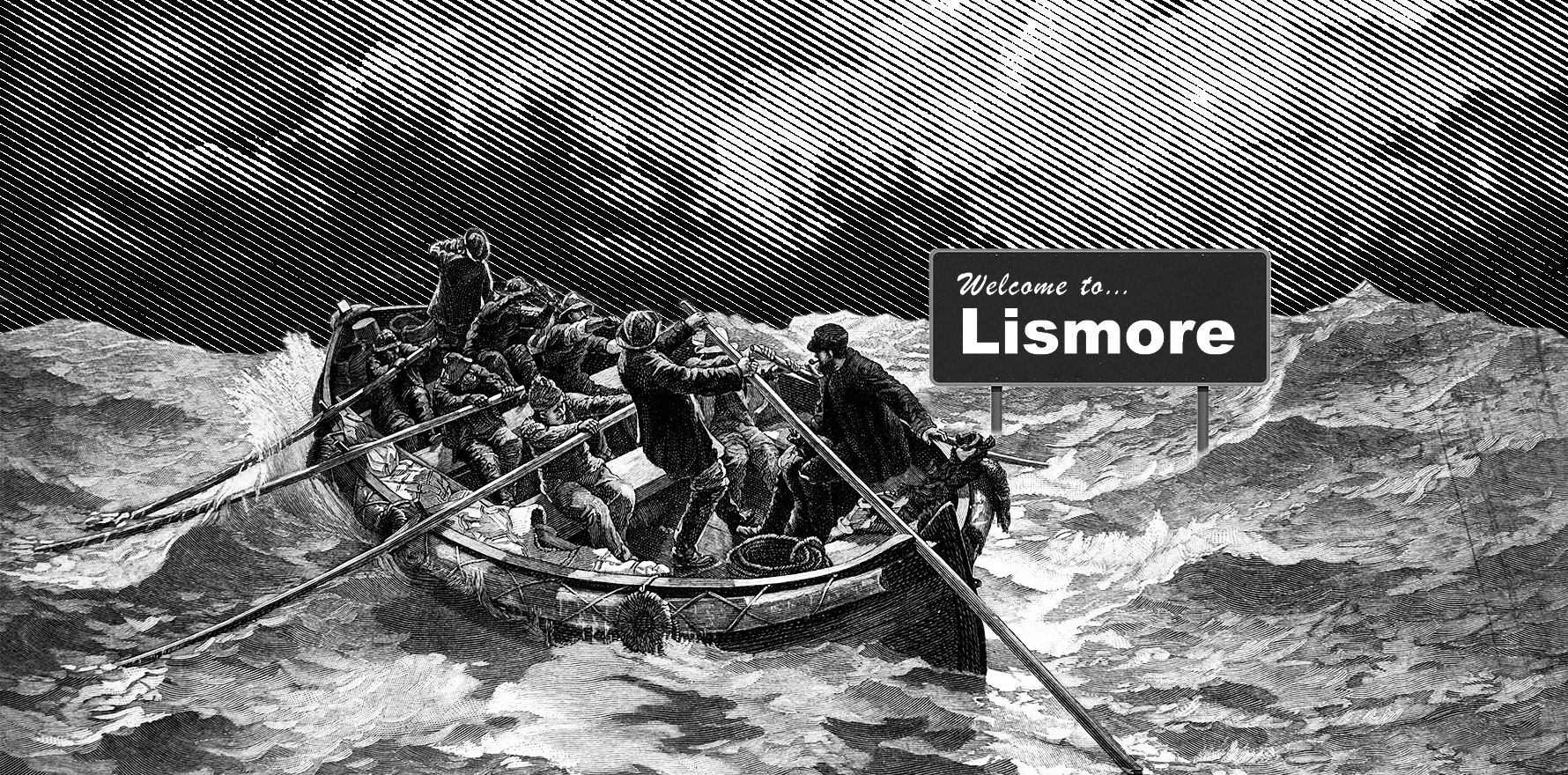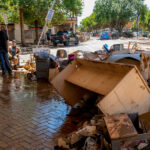In a rare show of unity, virtually every peak primary care organisation in the country has called for support to rebuild the Lismore healthcare system.
Six months ago, Lismore’s Keen Street Clinic was literally under water.
The practice lost everything in the March 2022 northern NSW floods – almost every item of equipment and most furniture was destroyed, along with 30,000 medical records.
The most that the government offered in support were $50,000 small business grants – each of the four practice partners, technically being sole traders, were able to claim a grant, as was the clinic as a business.
That $250,000 will only make a dent; damages are still stacking up, but they’ve blown out well past $1 million.
“It’s very difficult to sustain general practice even in the very best of times,” Keen Street GP Dr Nina Robertson said.
“So you can imagine how difficult it is in a time of natural disaster.”
Grants of up to $200,000 are available, but only to businesses with a minimum of 21 full-time employees.
Keen Street Clinic is just one of 25 primary care services which were damaged in the March floods.
Dr Robertson is working with other healthcare practitioners in the Northern Rivers area who have also been affected by the floods to lobby state and federal governments for more grant money.
The group includes GPs, obstetricians and gynaecologists, cardiologists, dermatologists, physiotherapists, dentists and pharmacists.
“The AMA has kindly taken up our cause and have joined forces with many of the medical colleges as well,” Dr Robertson told The Medical Republic.
“The RACGP and ACRRM [are working with us], as well as some of the specialty colleges – and indeed, the Pharmacy Guild is also on board.”
Through the NSW Rural Doctor’s Network, the group has put together a grant proposal recommending that the state government make a healthcare-specific business grant open to all non-government primary health services and conditions.
The proposed grant would be sufficient to cover the losses caused by the floods, as well as compensate practitioners for lost income.
In the meantime, the NSW RDN said that all healthcare businesses, regardless of size, should be eligible for the $200,000 grant.
“What we’re hoping for is twofold,” Dr Robertson said.
“One is prioritisation of healthcare services after this natural disaster, and number two would be that all levels of government come up with a framework to make sure that essential services, which includes community health services, are prioritised in the event of a natural disaster.
“[It’s about making sure] that what happened in Lismore after this flood doesn’t happen in any other community after the next natural disaster.”
AMA NSW president Dr Michael Bonning said that, while public hospitals had stepped up during the disaster, privately-owned primary care businesses were still expected to do more with limited resources.
“Private healthcare businesses in regional and rural communities should be designated as essential services in the event of a disaster, because they do most of the work,” he told TMR.
“The Lismore Base Hospital is fantastic and works very, very hard, but the distributed capacity in the community is what is actually available to look after most people most of the time.
Getting these businesses back on their feet, according to the AMA, is vital to a functioning health system and is the reason so many different organisations are involved.
“I know that there are times when not everyone is on the same issue together, but this is so obviously, clearly an issue where everyone needs to work together,” Dr Bonning said.
“We’re all pulling in the same direction, because the community needs all those health services to work.”
To RACGP NSW chair Professor Charlotte Hespe, the lack of healthcare-specific support thus far is just yet another example of government hypocrisy.
“It’s all well and good [for the government] to say, ‘we don’t have enough GPs’ or ‘the hospitals are overwhelmed’ – and in a region like Lismore that is even more so the case – but then they don’t actually support them to get back up and running after a disaster,” she told TMR.
GP clinics weren’t treated as essential in the weeks following disaster, meaning it took them longer to return to even a semblance of normal.
“They still didn’t have electricity three weeks, four weeks down the track,” Professor Hespe said.
“Luckily, we found out about that and we … were able to then get NSW disaster response people to go, ‘oh’, and they had electricity on the next day.
“If you’re that GP in your practice, trying to get things up and running, you don’t have the ability to go and find the right person to be able to get dumb decisions corrected.”
The push is timely, given the third consecutive La Niña summer was declared earlier this week.
Dr Robertson said the atmosphere in Lismore was “jittery”, as residents brace for a potential repeat of this year’s floods.
“We’re trying our best, of course, to prepare – and of course, our flood plans are going to be revised,” she said.
“They’re going to look very different to our flood plan from before February.”
The Keen Street Clinic is unable to get any flood insurance, and Dr Robertson doubts the practice could survive another event of the same nature.
“If we go, if we can’t sustain our practice, it’s the health of the community that will suffer,” she said.
“And that will then result in worse health outcomes – not just for mental health, but also for physical health, chronic illness, diabetes and heart disease.
“[There will be] delayed diagnoses, such as cancer diagnoses that we would otherwise have picked up a lot earlier.”
These effects, Dr Robertson said, will be felt not just seven or eight months from now, but potentially years into the future.
For the moment though, Keen Street Clinic is open.
“We have walls in our main clinic, and walls are severely underrated,” she said.
“And I can tell you, everybody in Lismore knows that once you get your walls up, it does feel like there’s a glimmer of hope.”





